Science
Understanding the science of how your body works is foundational to not only optimizing a workout routine, but to living an overall healthy life.
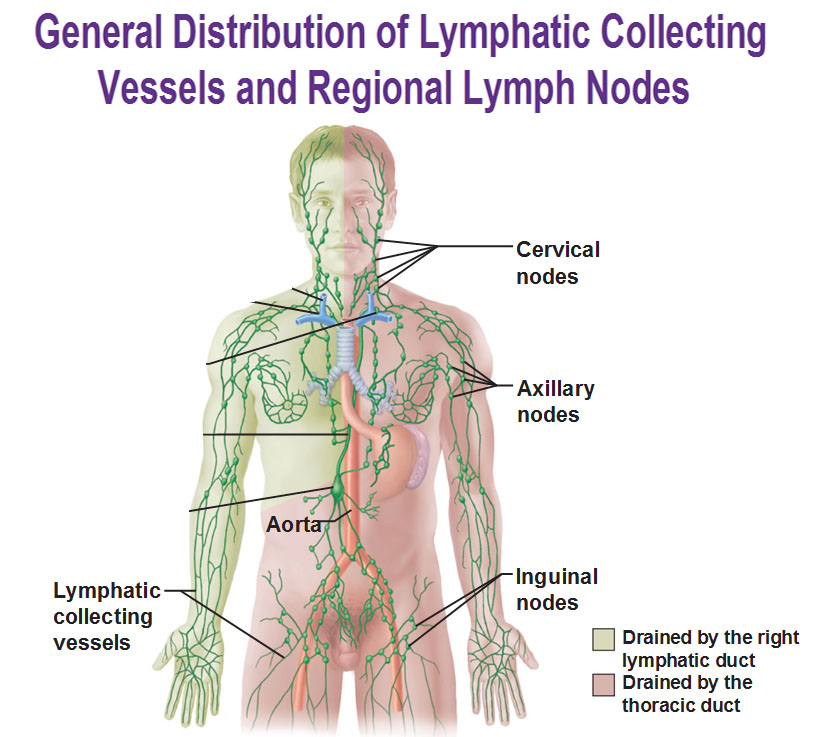
The Lymphatic System
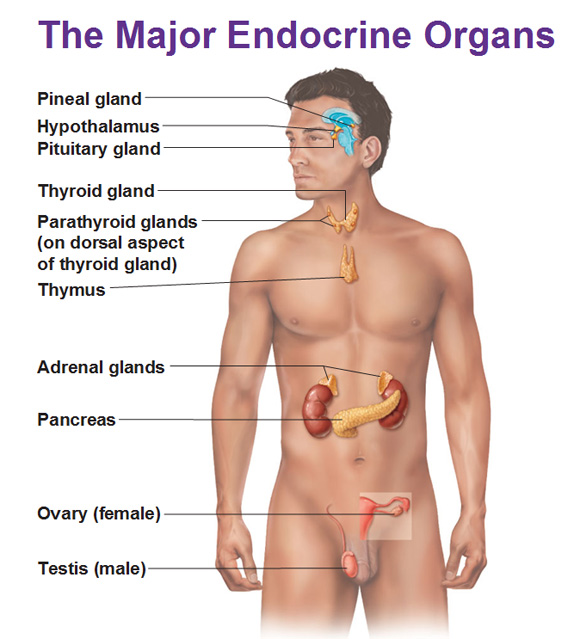
The Endocrine System
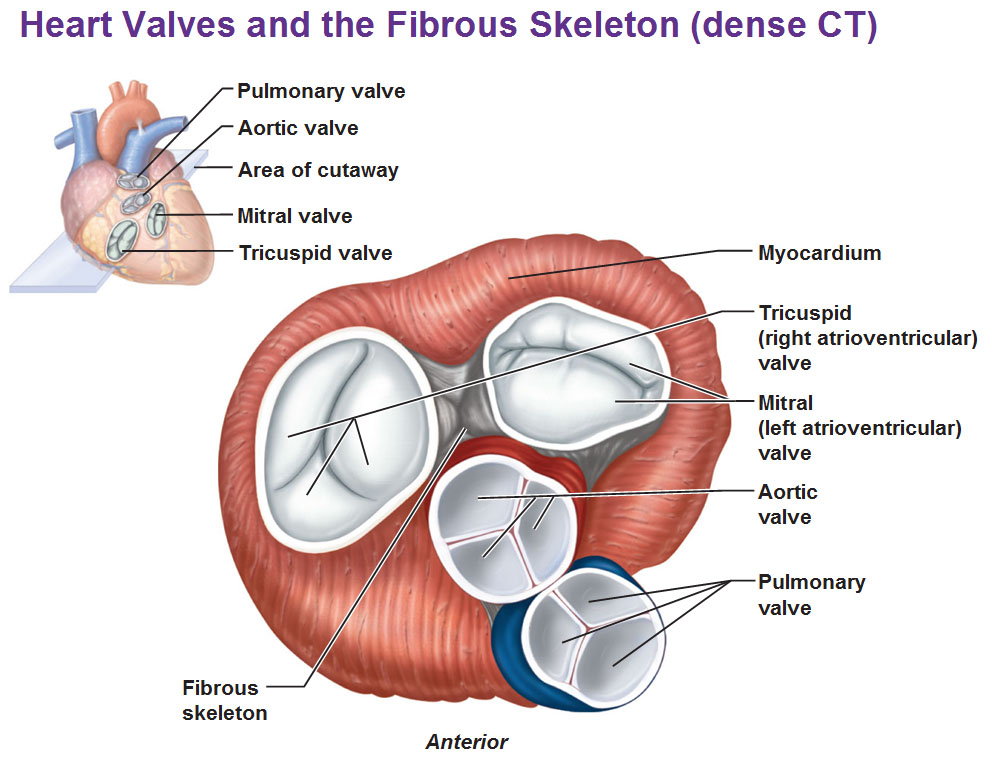
Function of the Atrioventricular and Semilunar Valves
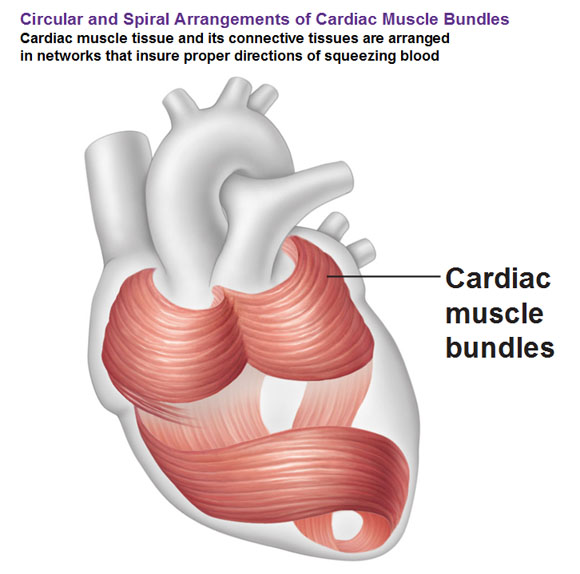
Layers of the Pericardium, Heart Wall and Spiral Arrangement
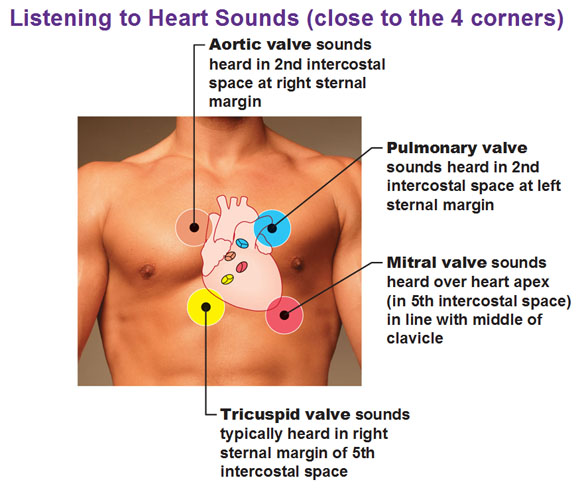
The four corners of the heart

Intro to the Heart

Blood Components, Hemoglobin, Type/Rh Factor, Agglutination
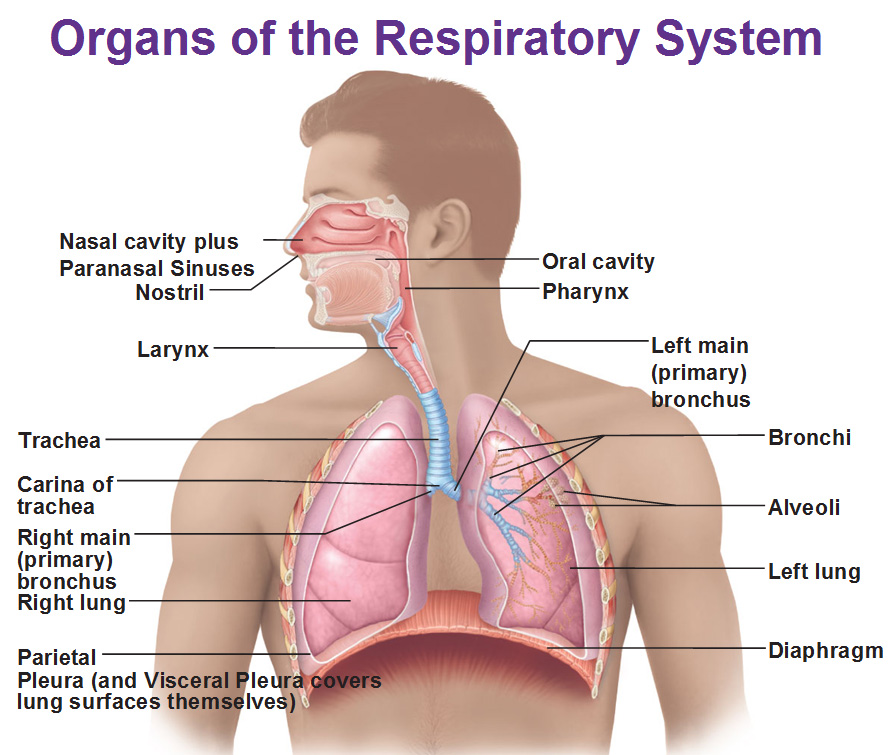
The Respiratory System

The Eye and Vision

Discover Your Path
Use our online tool to get matched with your first step in the journey to joyful fitness.

Strength
Full Body
Mobility
3-4x Per Week
Shoulders + Upper Back


